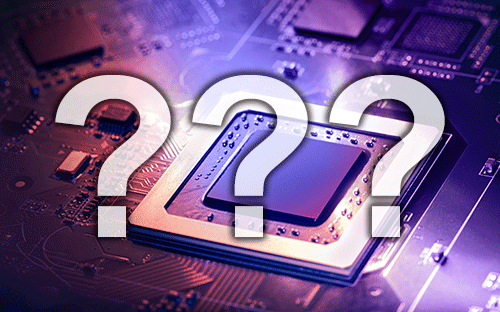In a previous post, Performance-Intensive Computing explored the benefits of making your applications and workloads more parallel. Chief among the paybacks may be being able to take advantage of the latest innovations in performance-intensive computing.
Although it isn’t strictly a parallel approach, the CPU package is configurable at the time of purchase with various options that you can match up to the specific characteristics of your workloads. The goal of this story is to outline how to match up the appropriate features to purchase the best processors for your particular application collection. For starters: You should be asking yourself these three questions:
Question 1. Does your application require a great deal of memory and storage? Memory-bound apps are typically found when an application has to manipulate a large amount of data. To alleviate potential bottlenecks, purchase a CPU with the largest possible onboard caches to avoid swapping data from storage. Apps such as Reveal and others used in the oil and gas industry will typically require large onboard CPU caches to help prevent memory bottlenecks as data moves in and out of the processor.
Question 2. Do you have the right amount and type of storage for your data requirements? Storage has a lot of different parameters and how it interacts with the processor and your application isn’t one-size-fits-all. Performance-Intensive Computing has previously written about specialized file systems such as the one developed and sold by WekaIO that can aid in onboarding and manipulating large data collections.
Question 3. Does your application spend a lot of time communicating across networks, or is your application bound by the limits of your processor? For either of these situations, it might mean you might need CPUs with more cores and/or higher-processing clock speeds. This is the case, for example, with molecular dynamic apps such as Gromacs and Lammps. These situations might call for parts such as AMD’s Threadripper.
As you can see, figuring out the right kind of CPU – and its supporting chipsets – is a lot more involved than just purchasing the highest clock speed and largest number of cores. Knowing your data and applications will guide you to buying CPU hardware that makes your business more efficient.



